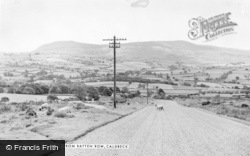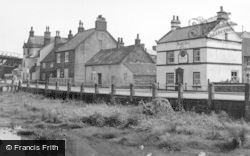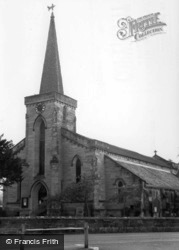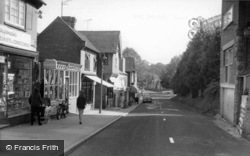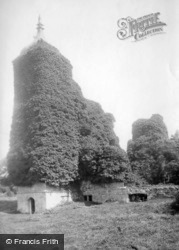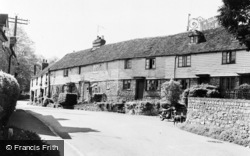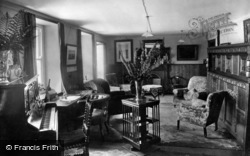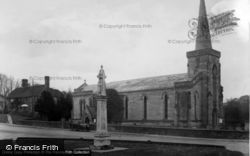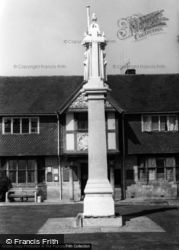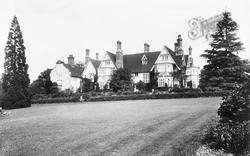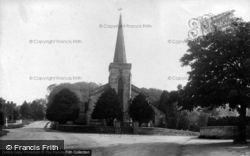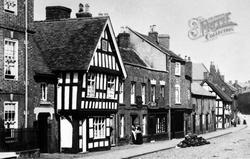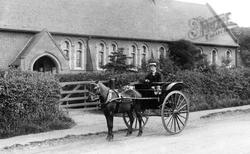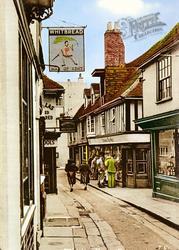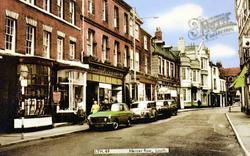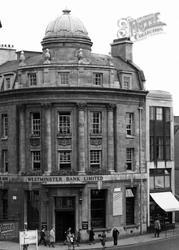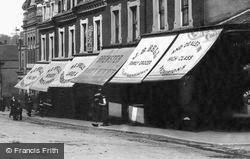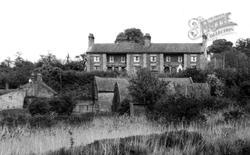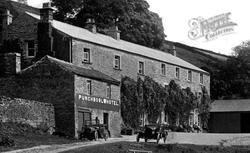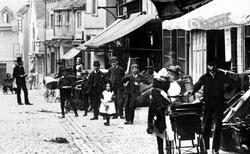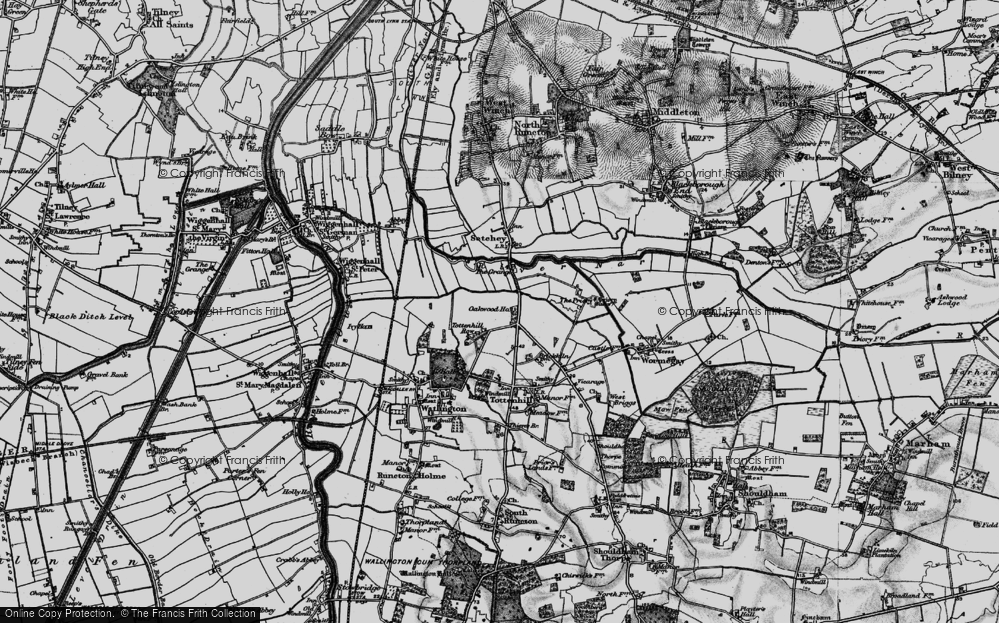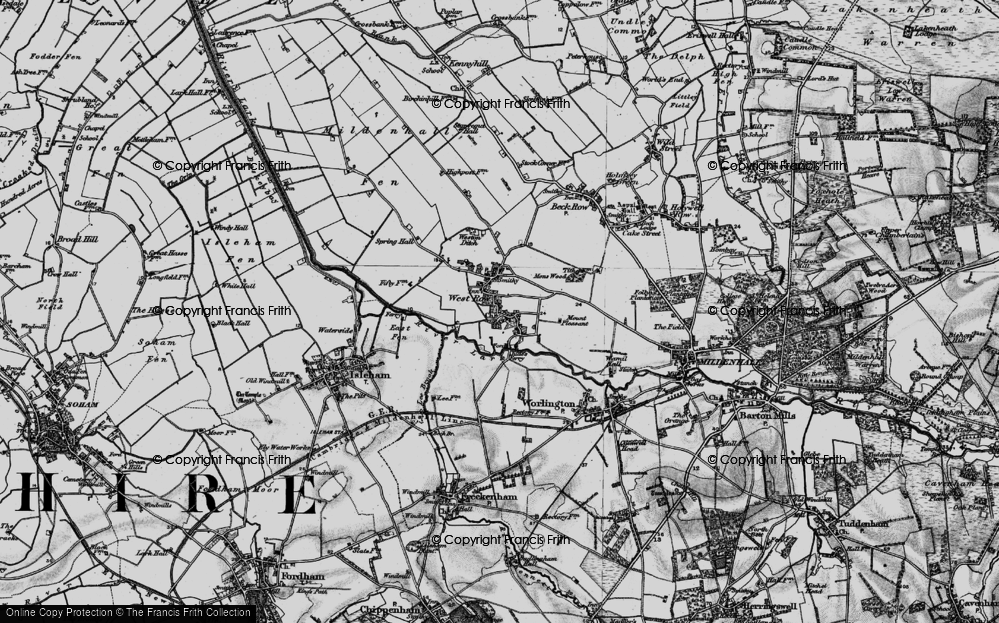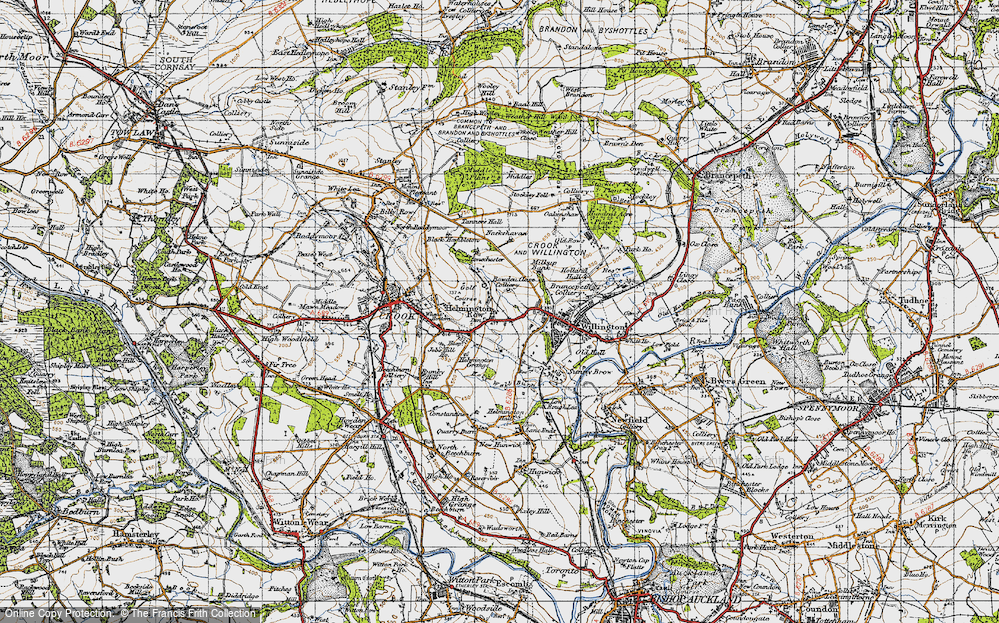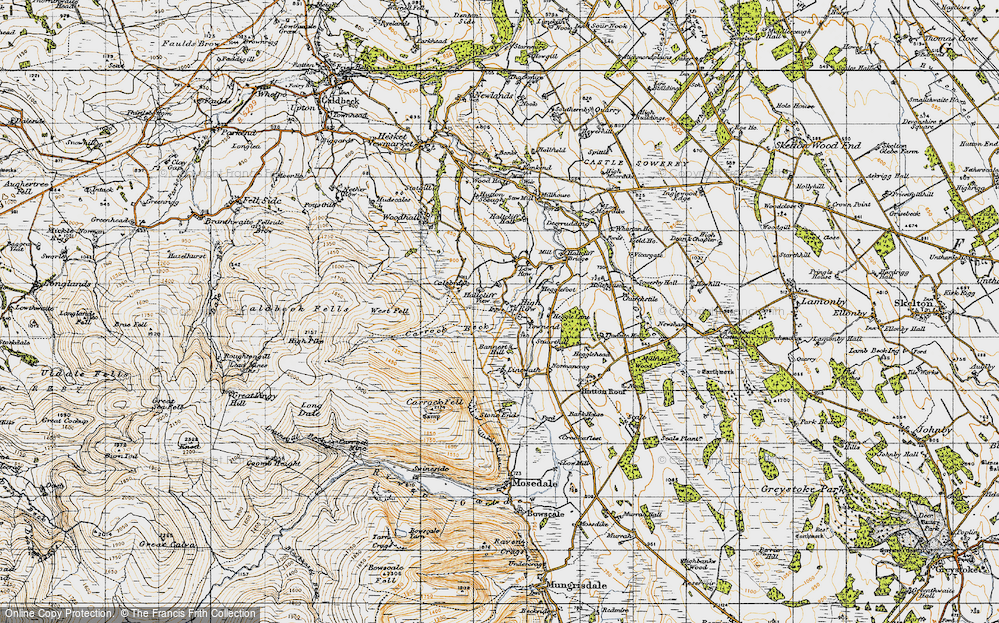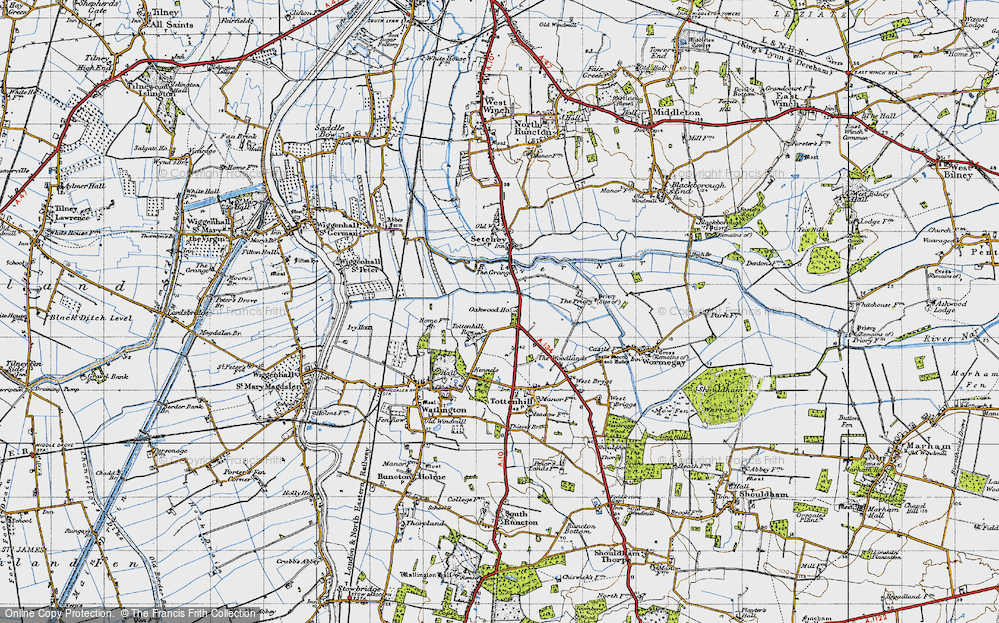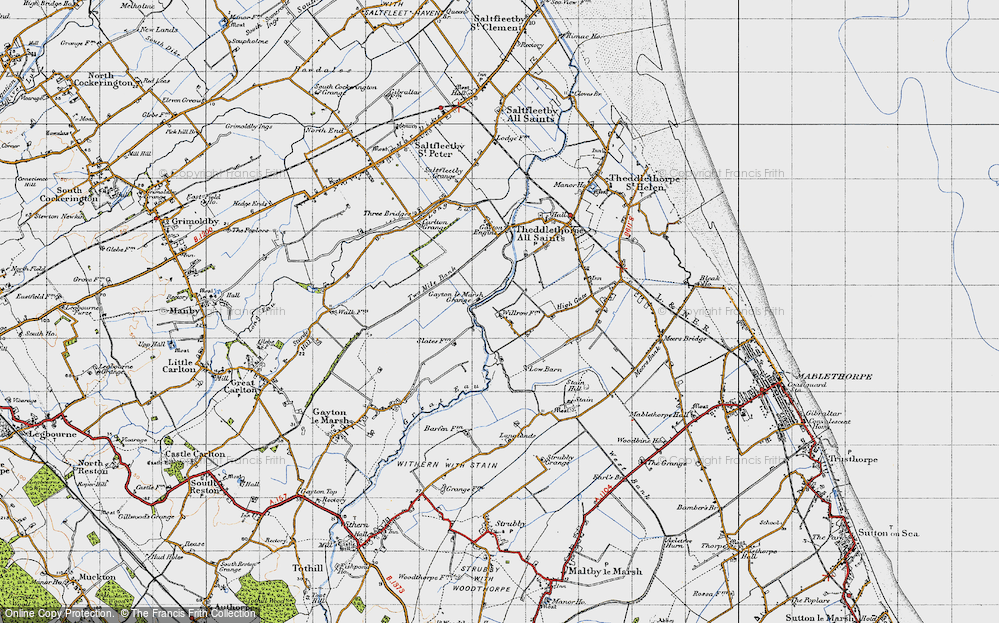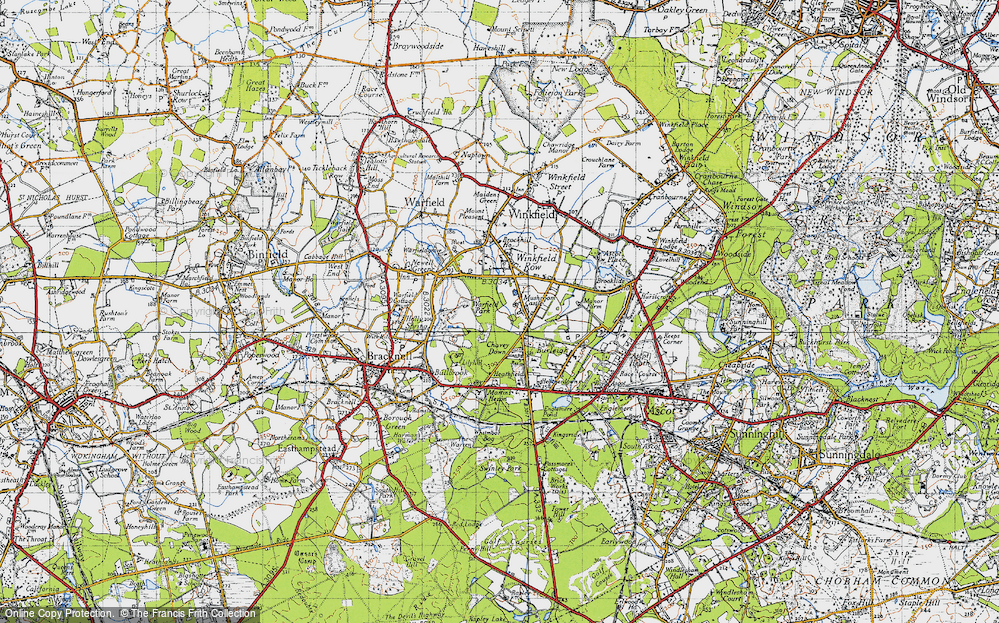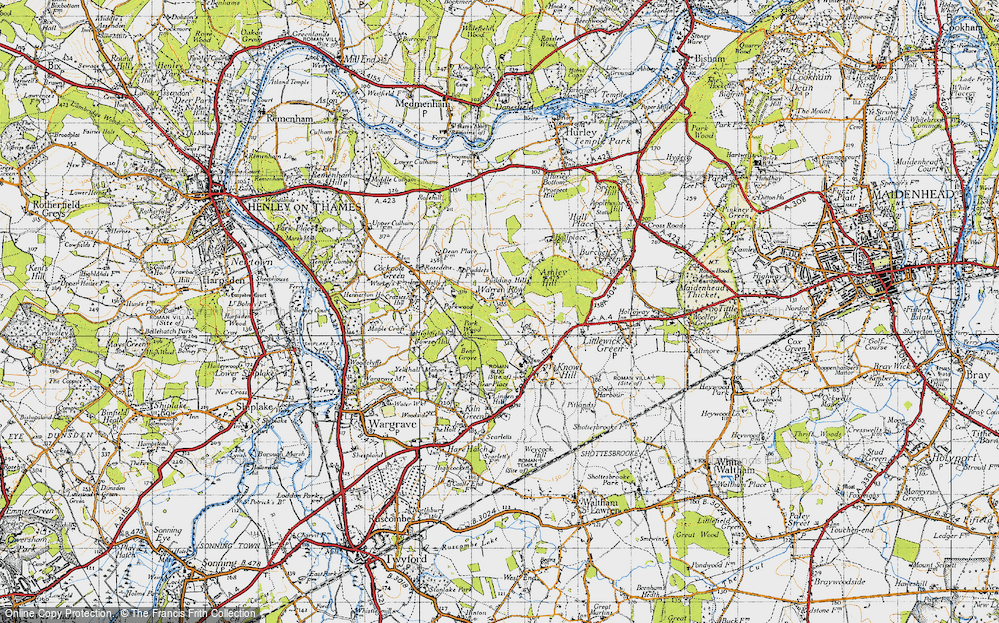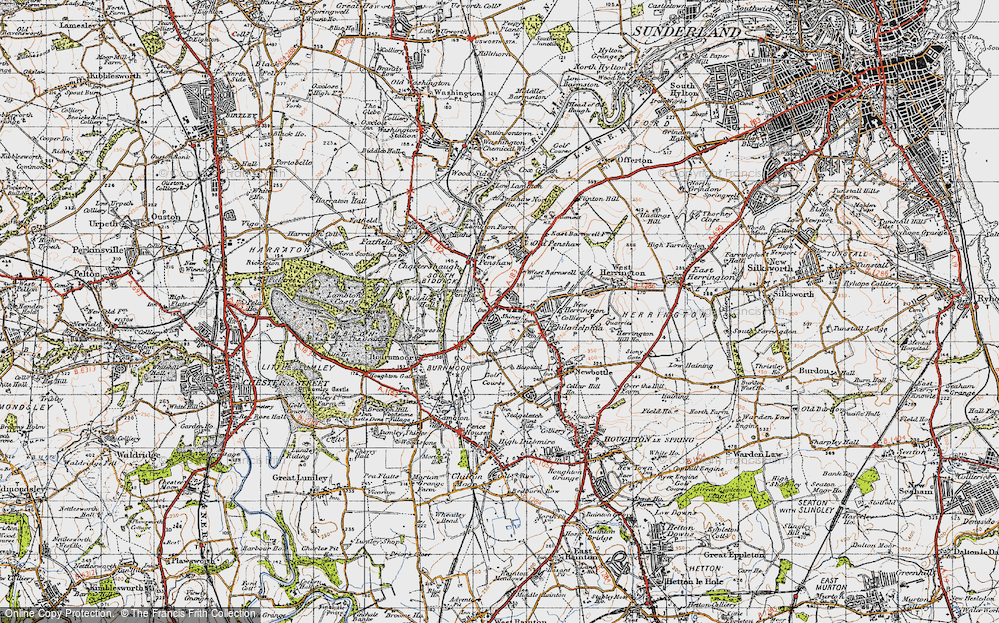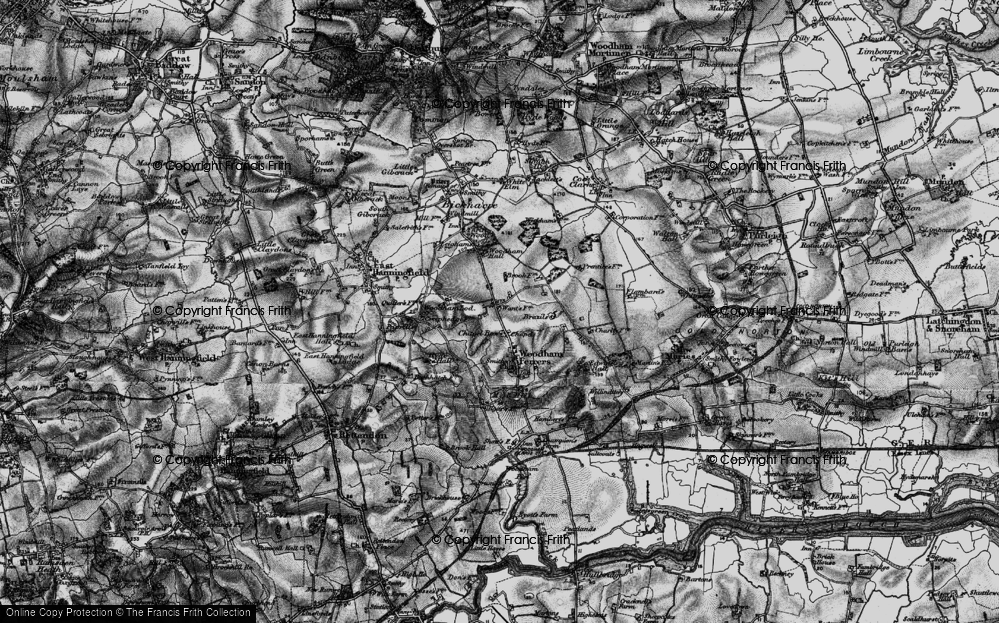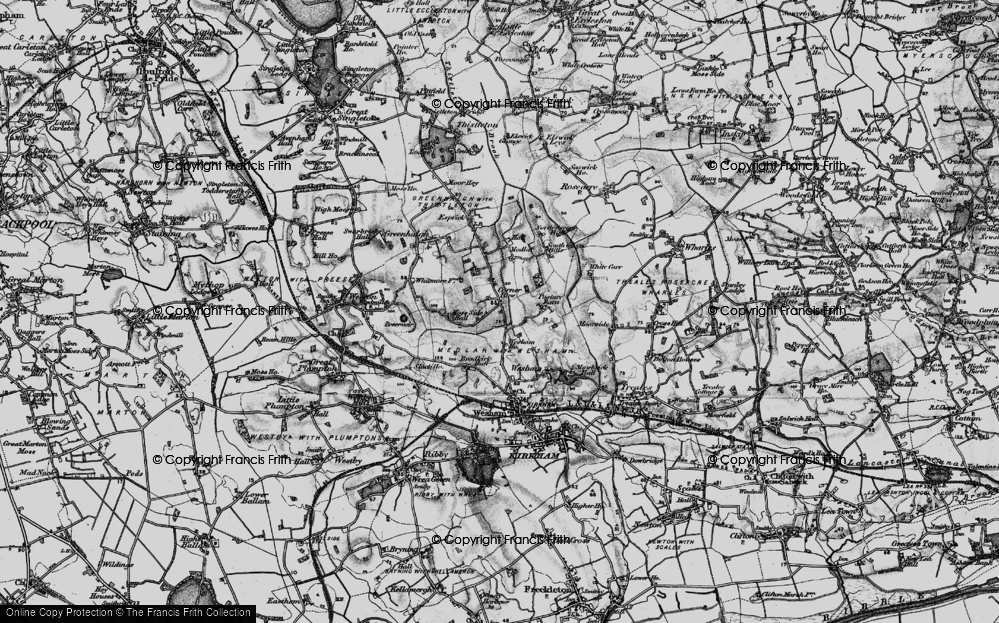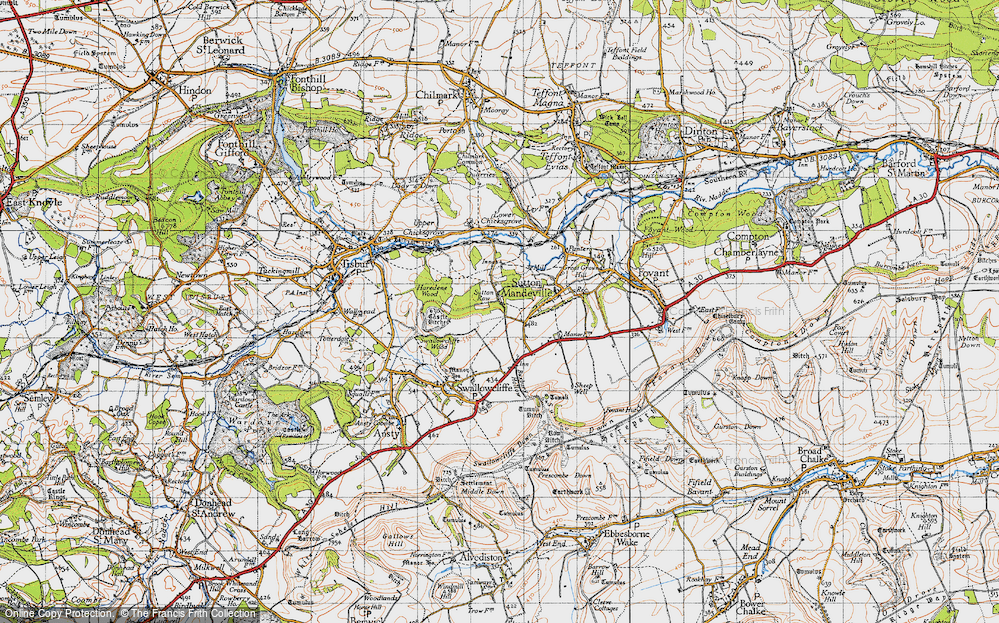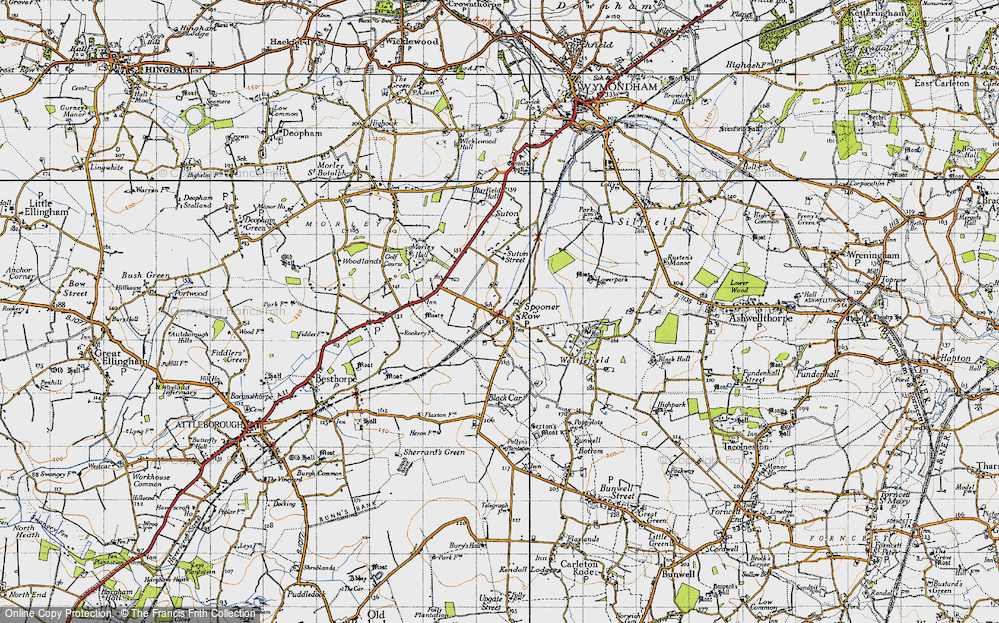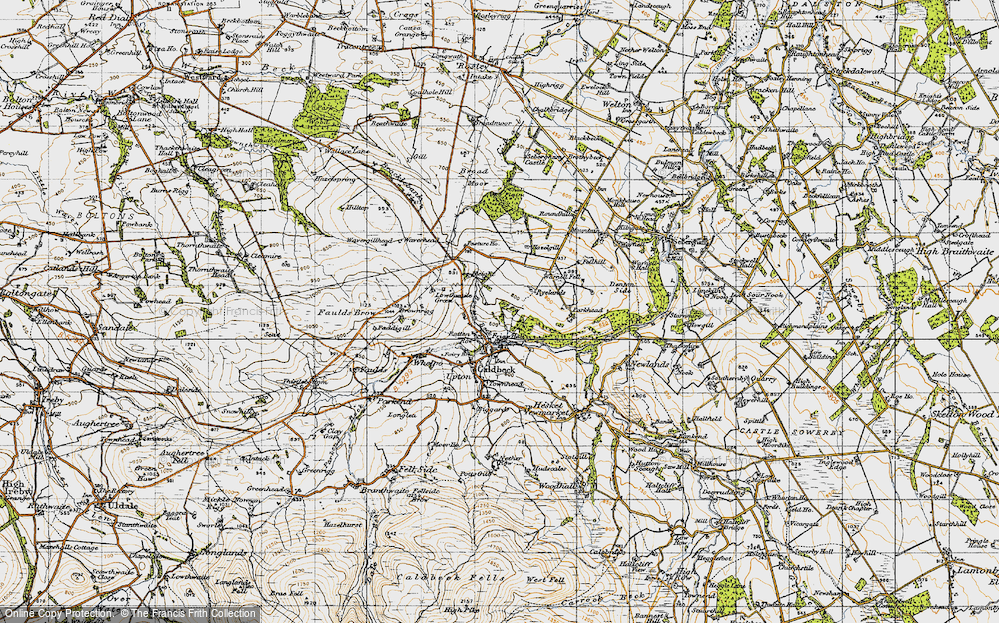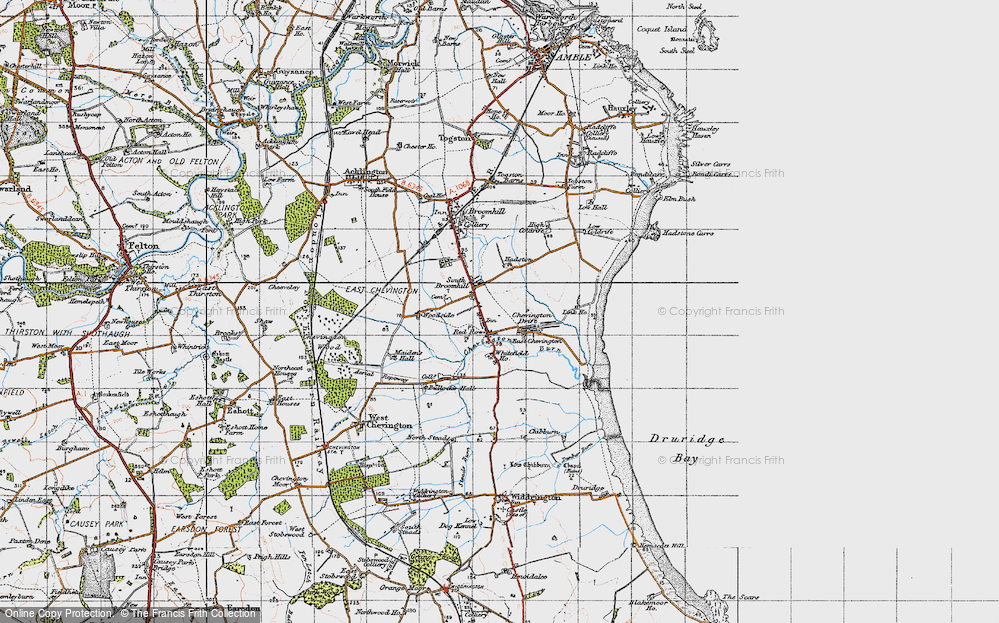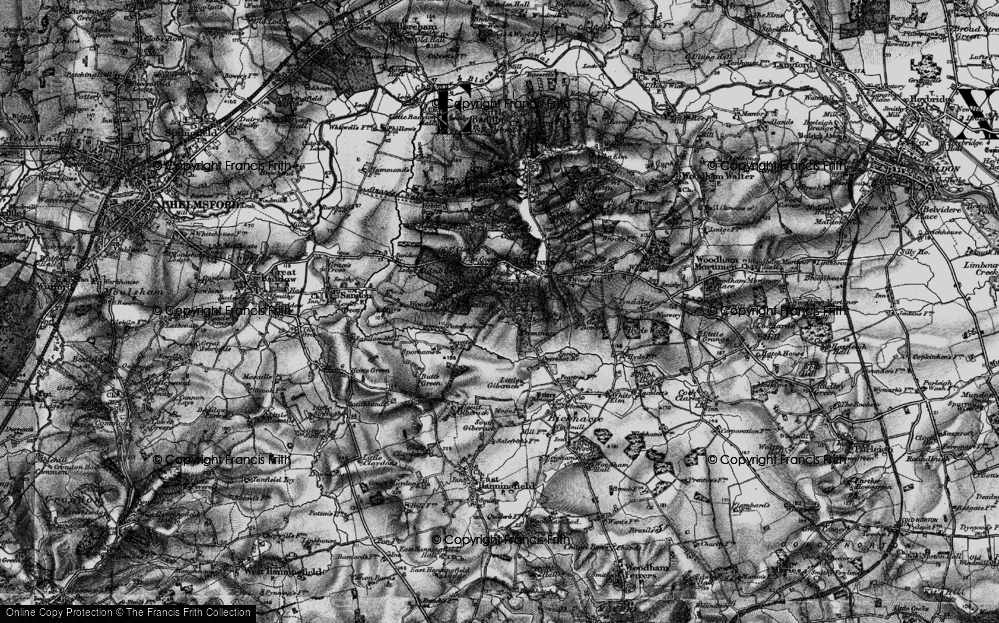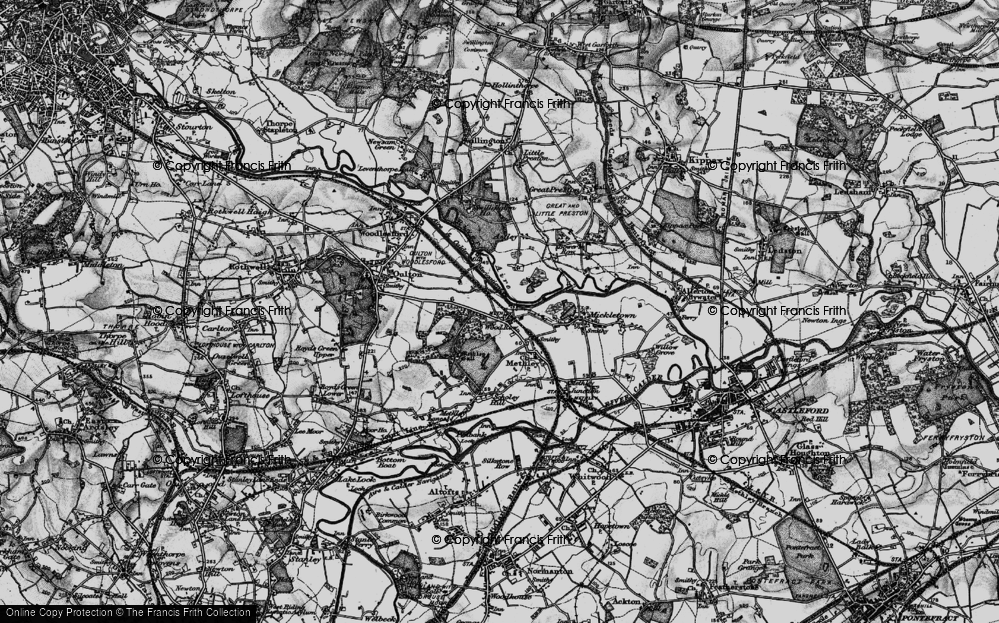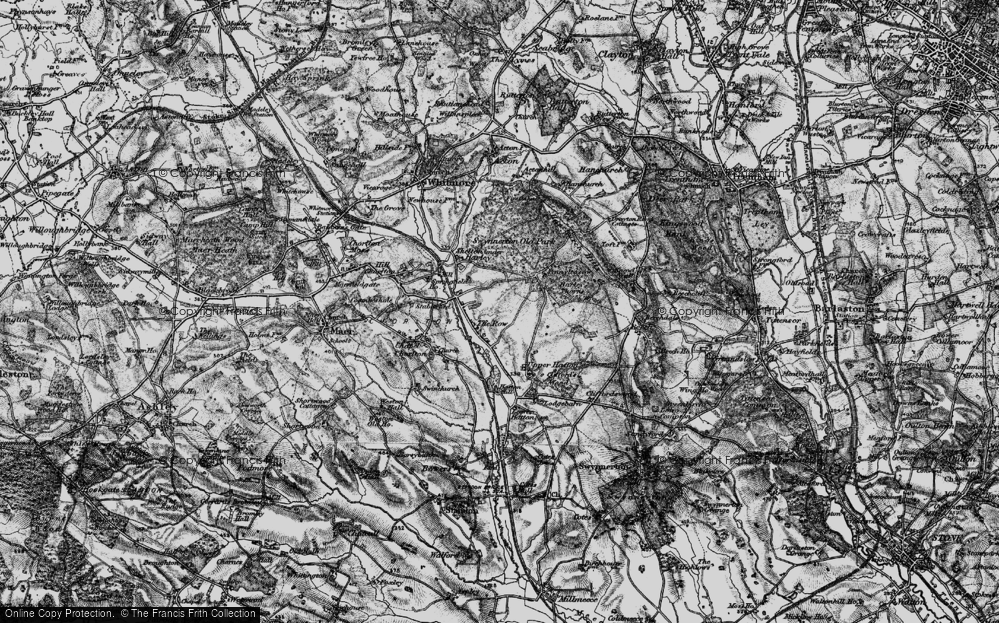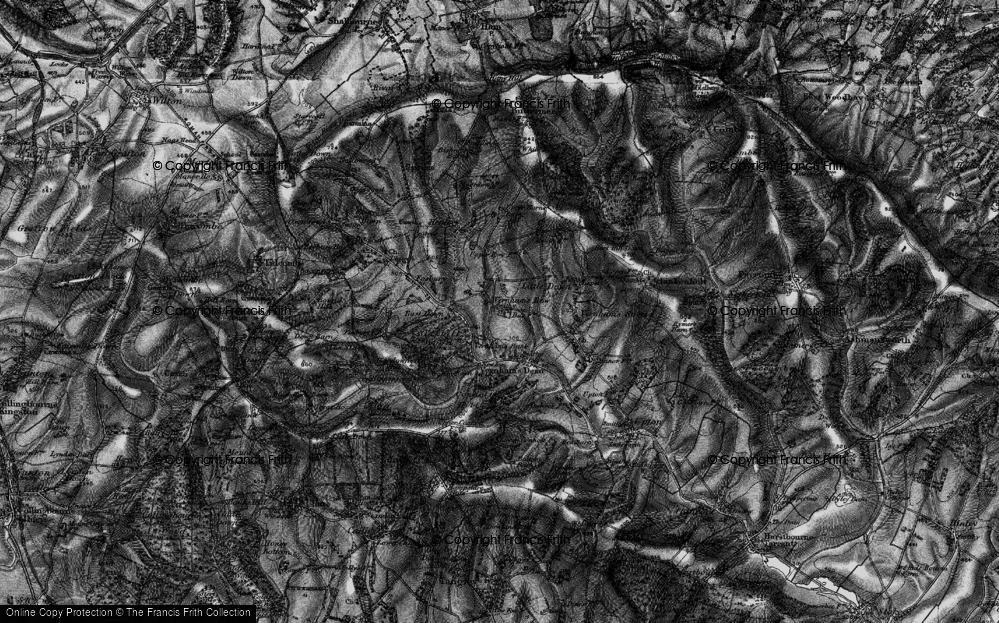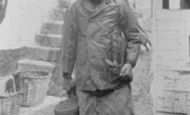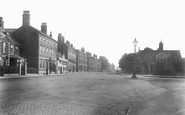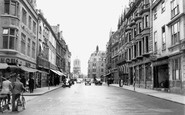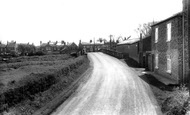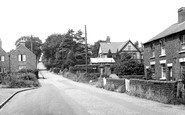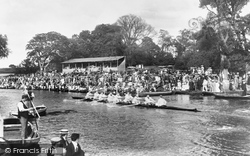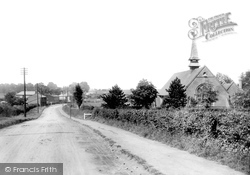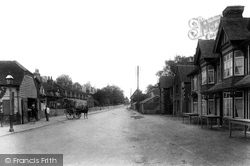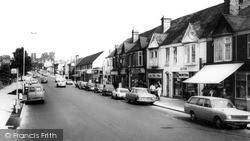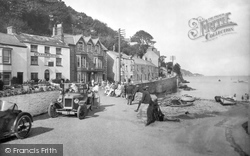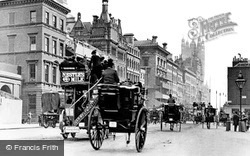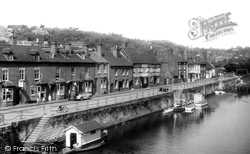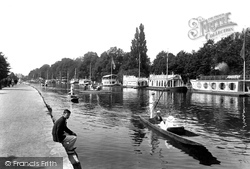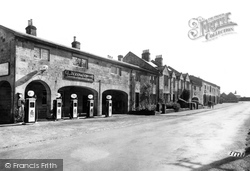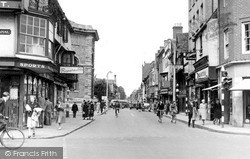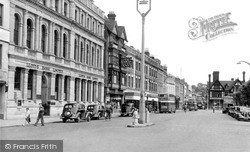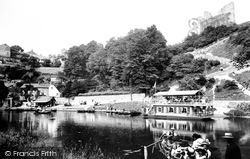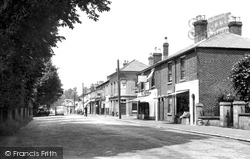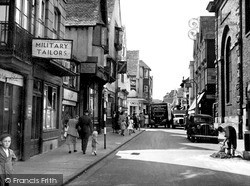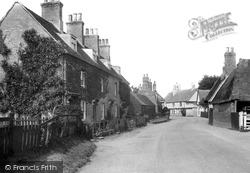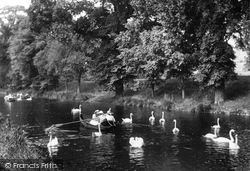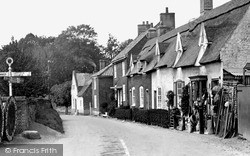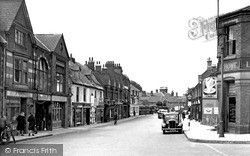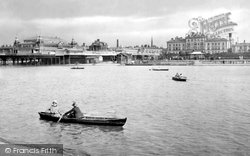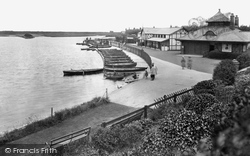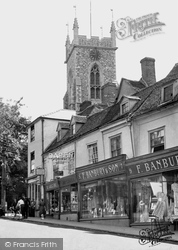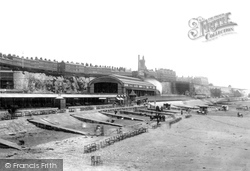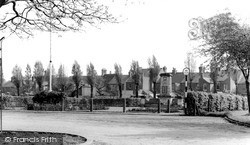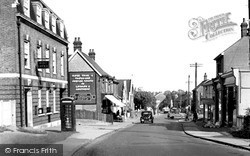Places
36 places found.
Those places high-lighted have photos. All locations may have maps, books and memories.
- New Row, Dyfed
- Forest Row, Sussex
- Chigwell Row, Essex
- Low Row, Yorkshire
- Middleton One Row, Durham
- Red Row, Northumberland
- Collier Row, Essex
- Stoke Row, Oxfordshire
- Row, Cumbria (near Kendal)
- Row, Cornwall
- Row, Cumbria (near Langwathby)
- Corner Row, Lancashire
- Heather Row, Hampshire
- Helmington Row, Durham
- Higher Row, Dorset
- Authorpe Row, Lincolnshire
- North Row, Cumbria
- Medhurst Row, Kent
- Rotten Row, Berkshire
- Tittle Row, Berkshire
- Winkfield Row, Berkshire
- The Rowe, Staffordshire
- Spooner Row, Norfolk
- Alder Row, Somerset
- Smokey Row, Buckinghamshire
- Shiplake Row, Oxfordshire
- Ulcat Row, Cumbria
- Row Green, Essex
- Row Heath, Essex
- Tottenhill Row, Norfolk
- Frost Row, Norfolk
- Will Row, Lincolnshire
- West Row, Suffolk
- Orange Row, Norfolk
- Cold Row, Lancashire
- Dean Row, Cheshire
Photos
710 photos found. Showing results 221 to 240.
Maps
566 maps found.
Books
Sorry, no books were found that related to your search.
Memories
1,285 memories found. Showing results 111 to 120.
My Great Grandfather
This is a photo of Henry Kitchen, my mother's grandfather, who was also one of Stanhope Forbes' favourite models. He was painted sitting in the rowing boat in Forbes' painting 'The Lighthouse', which now hangs in Manchester Art ...Read more
A memory of Newlyn in 1900 by
Cottages
I would like to know if anyone out there has any photos of the row of cottages that were just in the Eastwood Road as you came into Rayleigh High Street, I would be very interested, as they were part of me childhood, I remember sitting ...Read more
A memory of Rayleigh in 1959 by
Silver Watch
I have taken possesion of a very tired silver watch. On the back is engraved 'Presented to Rev J Pearce by the Welsh Row Choir. July 1927'. Does anyone have an interest in the watch?
A memory of Nantwich in 1920
High Street Longton In The 40s And 50s
Barbara Johnson's memories brought back some of my own from the High Street days. Those rows of shops Barbara describes provided all the locals with everything they needed. I remember going over the road from the ...Read more
A memory of Longton in 1940 by
Pastures Avenue, Nottingham
I remember Clifton in a different light. We lived at 17 Pastures Avenue during 1966/7, my brother or one of them, he's the youngest, was born there. I met my half sisters and brothers there. I have always liked ...Read more
A memory of Newark-on-Trent in 1967 by
Music And Dancing At The 2009 Oxford Folk Festival
One of the many items on the Oxford "tourist trail" is a weekend long folk festival which is supported by dozens of morris dancing sides from all over England. This year Whitethorn Morris appeared for ...Read more
A memory of Oxford in 2009 by
Uncle Cecil''s Farm
My brother and I would stay with Granny during the holidays, she lived at 'Cregeen' in a row of houses on Princess Street, near the railway crossing. Granny's brother Cecil had a farm out along the lane in this picture, my brother ...Read more
A memory of Strensall in 1958 by
Cookridge Once Fields And Farms
I moved from Holbeck in 1948 into one of the first estates to be built in North West Leeds, Ireland Wood (Raynels). In 1950 I went to Cookridge School, then a wooden hut right slap bang opposite where Cookridge fire ...Read more
A memory of Cookridge in 1950 by
Farm At White Hill
My father Jenkin Evans and mother Valerie Evans lived at Potters Cross Farm, White Hill, Kinver from just before the Second World War. This is the farmhouse which you can see which still exists to this day. They raised four children, ...Read more
A memory of Kinver by
The Red Row Drift Hadston And Togston
I was brought up, on and off, in my childhood in Swarland Terrace, Red Row followed by Hadston, The Coutry Parks and Acklington. I moved away in 1974 to join the Army and only go back to visit my Mum once or ...Read more
A memory of North Seaton in 1973 by
Captions
827 captions found. Showing results 265 to 288.
Cambridge has a long history of rowing. The River Cam itself is not wide enough for conventional races, so races called 'Bumps' are held.
A country lane, a straggle of houses and open countryside is all we see as we look down Collier Row Road with the Church of the Ascension on the right.
The smithy, opposite, has given way to a garage; and the row of cottages (with a sign saying 'Cyclist's Rest') are long-since demolished.
As the community expanded, so the need for shops grew; in 1883 Kent built this row on Warwick Road, rather immodestly calling it Kentish New Town.
On 17 March 1891 six men appeared out of a blizzard in a small boat, having rowed several miles after their barquentine Ethel went aground at Heddonsmouth.
At this time the street narrowed, because of a row of houses surviving in the middle of the roadway.
A once prosperous port had long been reduced to the hiring out of canoes and rowing boats.
This scenic stretch of the Thames, overlooked by Christ Church Meadow, has long been a rowing reach; at one time the bank would have been lined with eye-catching college barges, which were used as
The new village was in fact one long terraced row featuring an arcaded ground floor; this was a reflection of Sir Charles Monck's taste for things Italian.
The importance of Salisbury to the military establishment after the war can be seen in this picture of Fish Row, just behind the Guildhall.
The head office of the Wilts and Dorset Bank, built in 1869, is now Lloyds Bank, and is just one of a row of large, impressive buildings along the northern side of the Market Square.
The rowing boat in the foreground is in fact the ferry to the Dropping Well. On the hill above the town stand the ruins of Knaresborough Castle, which was destroyed by Parliament in 1648.
Pevsner described Netley as 'a Victorian period piece'; its streets of neat family villas and rows of renovated ter- raced cottages overlooking Southampton Water are certainly striking.
The importance of Salisbury to the military establishment after the war can be seen in this picture of Fish Row, just behind the Guildhall.
On the left is a row of three houses with their original front doors; further down the street are two 18th-century mansard-roofed cottages, one of which is thatched.
It was (and is) also used for leisure pursuits: people hired boats to row on the canal, and fishermen cast from the banks.
Opposite Ludham Church an interesting row of thatched cottages adjoins two small Georgian houses, one with a slate roof and one with Norfolk tiles.
A Howe, a ladies and gents' tailor, is now a florist; the coach builders' on the left has been replaced by a modern supermarket.
For the energetic there were rowing-boats and small yachts; by this time, those wishing to take to the waters without exerting themselves could have a trip on a motorboat; it can be seen in this picture
The line of skiffs and rowing boats indicates the popularity of such a holiday pastime. This must have been a quiet day out of season.
Although the shops now have new proprietors, the upper parts of the buildings are unchanged. Towards the end of the row, a policeman stops to talk to a cyclist.
Note the wheeled stalls on the beach, and the row of chairs all in a line.
Regimented pollard trees do little to provide a backdrop screen which will mask out the endless row of unattractive house backs, against which the memorial tends to be lost.
Beyond the row with the Co-op hoarding ('More than a thousand service-points in London & Southend') are the Sunday School (1902) and the Wesleyan church (1885).
Places (93)
Photos (710)
Memories (1285)
Books (0)
Maps (566)




